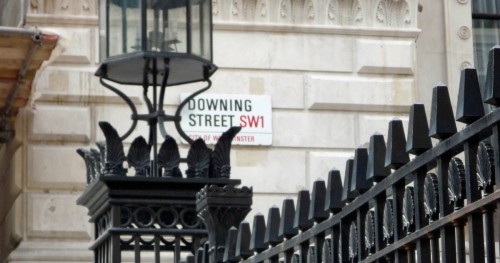
A freelancer’s guide to digital marketing – part 2
3. Objectives
Set goals and objectives for your digital campaigns. You may even need to create more detailed objectives to reach your main goal. Bear the following in mind:
Specific: Get down to the nitty gritty with a calendar timetable
Measurable: Have systems in place to accurately track your campaigns and stay on target. This way you will experience the excitement of achievement, which will motivate and urge you to reach your goal
Attainable: The actions to influence this outcome are under your control, so plan your steps and create a time frame. Start a list and tick each activity as you go
Realistic : Be reasonable about how long it will take to achieve the goals set and include rewards or little treats when you reach different milestones
Timed: Set a deadline for delivering on the objectives with a trackable date. By doing this you will set your mind into gear, and without you being aware, it will be quietly working away at reaching the goal date. Setting a time also cunningly gives you a sense of urgency to ensure you keep making progress.
4. Channels
A channel is a ‘route to market’. This means the different channels and methods of reaching your target audience and where you detail the activities. Include the following in your digital marketing mix:
· Keywords and search engine optimisation
· Search engine marketing, Pay Per Click
· Marketing and online display advertising
· Online marketing including blogs, eBooks and articles
· Video broadcasting
· Social networking and social media
· PR and publicity campaigns
· Email marketing
5. Action Plan
How do you implement this strategy? Start by defining and establishing the who, what, when, where, how and how much. Make prolific notes on activities you can do and, as you go through each section of the book, scribble away to your heart’s content. All new thoughts are creative so use them as food for thought and then strengthen each idea with research and nail down who is the best person to implement the activity (internal and external resources), exactly what you will do, when you will do it, where it will be done, how you intend to get all the elements organised and controlled and how much it will cost.
6. Budget
Get costs and quotes for your activities and then decide on your budget. Remember that your budget can go up or down during your campaigns so if you work for yourself there doesn’t have to be a fixed cost. However, having one or at least a budgeting goal will help establish how quickly you can get your DMS working to pimp your site.
7. Measurement and Iteration
How will you know your DMS has worked? There are excellent online tools to track, analyse and measure your social media campaigns. Do the same for each activity in the channels you choose. For example, if you are doing a PR campaign you can decide to pay for a PR monitoring service or you can track this via Google Alerts at no charge and keep a record of any press clippings.
It is also advisable to work out a Return on Investment (ROI), in order to establish which campaigns work best and why. This will inevitably help your future plans from both a cost and budgeting point of view and a success ratio for activities you undertake.
Set up KPIs (Key Performance Indicators), which help to identify and quantify key areas of your website as the best or worst performers. Think of your KPIs as the heartbeat of your site: they will indicate how your online business is growing.
Excerpted from Pimp My Site – available from November 18th 2011, by Paula Wynne whose permission was given for this edited reproduction on Freelance UK.



Comment
Log in or create your account to react to the article.